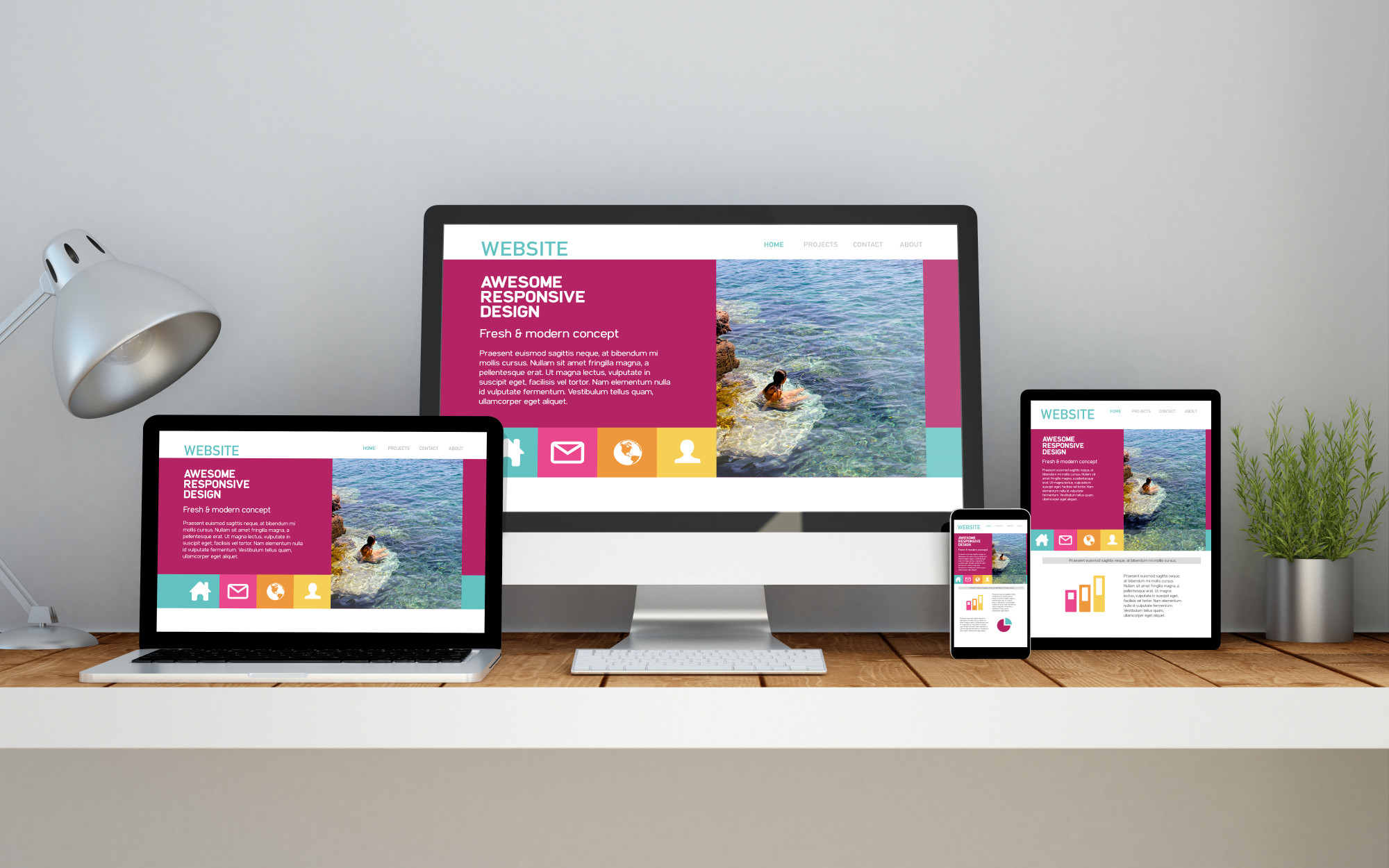Just How to Attain a Balanced and Visual Web Style That Meets the Diverse Requirements of Users and Companies Alike
Attaining a well balanced and visual internet layout that properly fulfills the diverse demands of customers and organizations calls for a nuanced understanding of both layout concepts and customer behavior. The difficulty lies in making sure that these aspects work with each other cohesively while resolving the one-of-a-kind demands of diverse customer teams.
Recognizing Customer Requirements
As website design progressively ends up being an essential aspect of individual experience, recognizing user needs emerges as a fundamental action in producing efficient electronic atmospheres. web design. An extensive grasp of customer demands is important for developing internet sites that not just attract site visitors yet also involve and keep them. This understanding can be achieved through various approaches, including user study, surveys, and functionality screening, which provide insights right into user preferences, habits, and discomfort points

Furthermore, comprehending customer requires includes responsiveness and ease of access, guaranteeing that all users, despite tool or ability, can navigate the site perfectly. By installing user-centric principles right into the layout procedure, internet developers can create balanced environments that satisfy the diverse requirements of both users and services. Eventually, focusing on individual understanding causes a lot more purposeful interactions and enhanced total satisfaction with the digital experience.
Concepts of Aesthetic Style
A user-centered technique naturally results in the consideration of aesthetic layout concepts, which play a crucial duty in forming the general individual experience. web design. Efficient aesthetic layout balances elements such as color, typography, imagery, and format to create an aesthetically attractive interface that reverberates with customers
Shade theory is fundamental, as it evokes feelings and influences perception; hence, a thoughtful shade combination can enhance brand name identification while making sure readability. Typography, on the other hand, adds to the layout's clearness and pecking order, directing customers with the content seamlessly. Choosing font styles that align with the brand name's character fosters acknowledgment and involvement.
Images is one more crucial part, supplying context and visual passion. Top quality images ought to matter and support the total story while staying clear of clutter.
In addition, the layout has to make sure a logical flow of information. Using concepts such as positioning, closeness, and whitespace enhances organization and promotes navigation.
Integrating these visual style concepts not only attracts individuals yet also promotes trust fund and credibility, inevitably leading to a much more satisfying communication. By harmonizing visual elements, designers can develop an appealing and remarkable experience that fulfills the varied needs of individuals and businesses alike.
Value of Use
Usability stands as a cornerstone of reliable internet style, directly influencing how users interact with a website. When use is prioritized, it enhances customer fulfillment, resulting in enhanced engagement and higher conversion prices.
Additionally, a focus on use promotes trust and credibility. Websites that are instinctive and easy to browse are perceived as specialist and reputable, motivating individuals to return. Conversely, inadequate usability can bring about high bounce rates, as customers quickly desert sites that irritate them.
Furthermore, use is vital for satisfying diverse customer requirements. Inevitably, by prioritizing functionality, web developers develop an even more interesting, reliable, and reliable on-line experience that profits both users and companies alike.
Ease Of Access Standards in Style
Including availability standards in website design is vital for producing an inclusive on-line atmosphere. These criteria, primarily detailed by the Internet Content Ease Of Access Standards (WCAG), make certain that all individuals, consisting of those with specials needs, can effectively connect with electronic content. By adhering to these standards, developers can improve functionality throughout numerous platforms and devices.
Secret elements of access include providing different message for images, ensuring enough shade contrast, and utilizing clear and constant navigating. Additionally, implementing key-board navigability allows users that can not utilize a computer mouse to access all performances. It is also vital to take into consideration the use of display readers, which need well-structured HTML to communicate details precisely.
Furthermore, adhering to access criteria not only advantages individuals with handicaps but likewise boosts the general customer experience. A well-designed, accessible website can raise engagement, minimize bounce prices, and increase the audience reach. In an affordable digital landscape, webpage prioritizing availability is not simply a lawful obligation; it is an ethical essential that mirrors a commitment to social duty and equal rights. Inevitably, integrating ease of access right into website design is a critical action towards accomplishing a well balanced and aesthetic electronic visibility that offers the needs of all users.
Harmonizing Visuals and Performance
While striking a harmonious equilibrium in between visuals and performance is important in web style, achieving this equilibrium commonly poses a difficulty for developers. A visually enticing site can mesmerize users, attracting them into the material; nevertheless, if it lacks functionality, the individual experience can promptly wear away. Alternatively, very useful sites may prioritize use but danger showing up nasty or boring.

Furthermore, interactive elements must match the you can try this out overall design, providing appealing experiences without frustrating customers. Elements like buttons and kinds should be clearly see this here visible and simple to communicate with, reinforcing functionality.
Inevitably, effective website design manufactures visuals and capability, developing an interesting atmosphere that satisfies the varied demands of individuals and companies alike (web design). By meticulously thinking about exactly how each layout choice impacts both aesthetic appeals and functionality, designers can craft web sites that reverberate with users while satisfying their designated purposes
Conclusion
By understanding customer demands and adhering to aesthetic design concepts, designers can create visually enticing interfaces that maintain capability. The focus on usability and adherence to access requirements makes certain that varied individual groups can engage perfectly with electronic platforms.